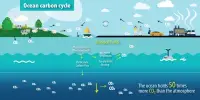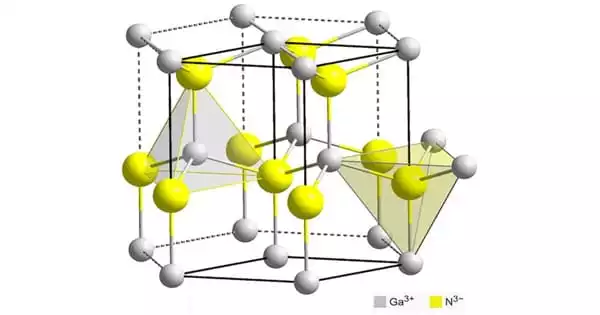A massive plant capable of absorbing 5 million tons of carbon annually and storing it underground is being built in Wyoming by climate technology businesses.
Under the name Project Bison, the direct air capture (DAC) plant in Wyoming is expected to be operational by the end of 2023, with a 5-million-ton capacity being reached by 2030, according to the LA-based CarbonCapture Inch and the Texas-based Frontier Carbon Solutions.
The factory will be constructed out of modular modules, which the business claims will make it simpler to scale the project up. In essence, enormous bus-sized filters will be used to absorb carbon from the surrounding air. The concentrated carbon will subsequently be permanently stored in wells that are still awaiting regulatory approval. Renewable energy sources like solar energy and wind energy will be used to power everything.
By doing this, carbon dioxide is kept out of the atmosphere of the Earth, where it would trap heat and cause more climate change. The concept is that businesses that produce carbon dioxide can purchase carbon credits from CarbonCapture Inc. to reduce their own emissions.
Project Bison may be one of the largest direct air carbon capture plants in the entire world when it is completely operational. With an annual removal of about 4,000 tons of carbon dioxide from the air, the “Orca” plant in Iceland presently maintains that record. However, numerous more projects are beginning to materialize all over the world.
The “Bond King,” an American billionaire investor named Bill Gross, is the creator of CarbonCapture Inc. The Inflation Reduction Act of 2022, the largest piece of federal legislation ever passed to fight climate change, inspired the corporation to reveal Project Bison earlier this month. It was passed in August.
Adrian Corless, CEO, and CTO of CarbonCapture Inc. said in a statement that the passage of the Inflation Reduction Act, the growth of businesses looking for high-quality carbon removal credits, and disruptive low-cost technology have given us the ingredients we need to scale DAC to megaton levels by the end of this decade.
“By the end of next year, we hope to field our first DAC modules, and we’ll keep adding capacity as rapidly as modules leave our production line. We want to provide the market’s most affordable DAC-based carbon reduction credits by utilizing economies of scale.
Many people have been hoping that carbon capture technology will be a “get out of jail free” card to lessen the worst of the climate collapse, which has caused much excitement in recent years.
The technology, however, has taken a long time to develop and is currently well short of reducing the planet’s enormous carbon output. Many people also contend that carbon capture technology, while excellent in theory, may promote a “burn now, pay later” mentality that discourages the globe from actively reducing emissions.
To put things in perspective, Project Bison will reduce air pollution by about as much carbon as Nicaragua produces on average. If all goes as planned, that is. It is encouraging to see that carbon capture technology is beginning to make an appearance in our rapidly warming planet, even though individual projects like this hardly make a dent in the total output of carbon.















